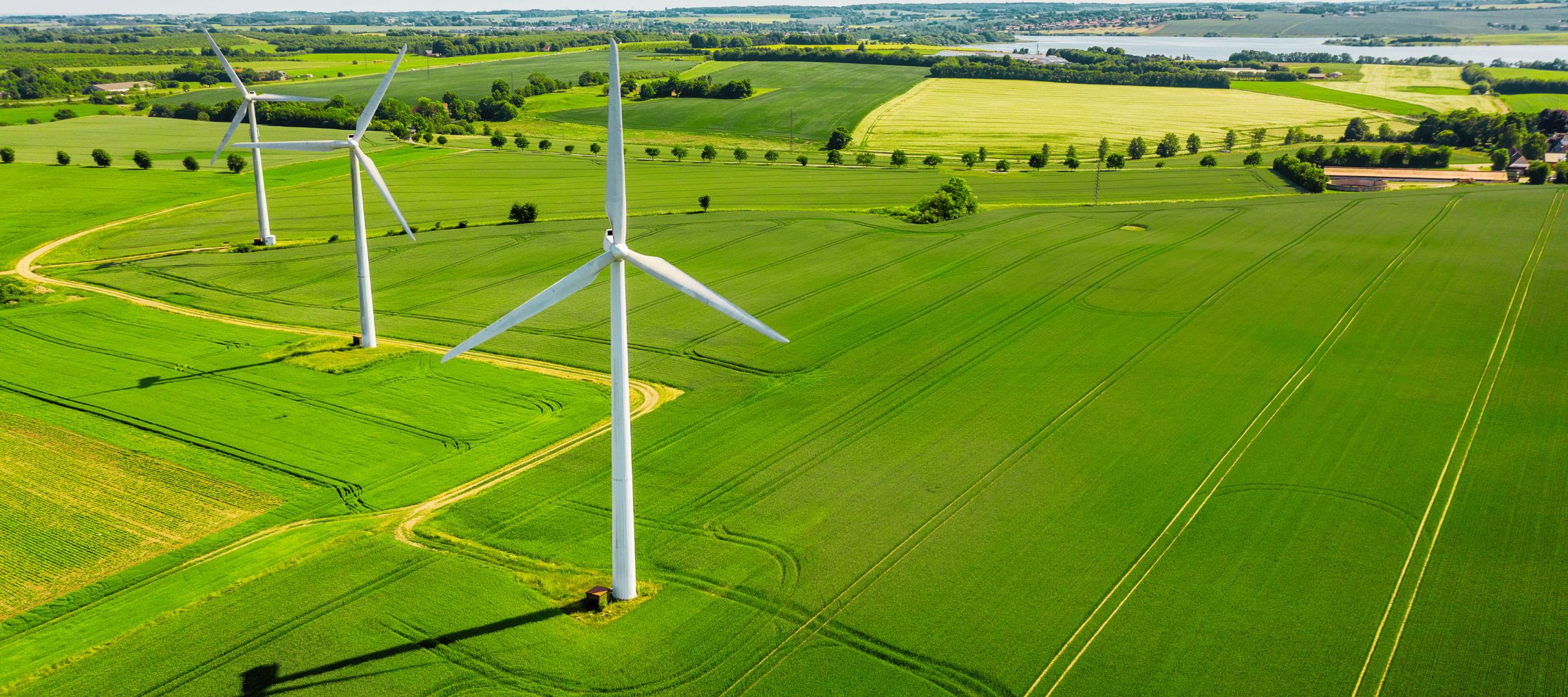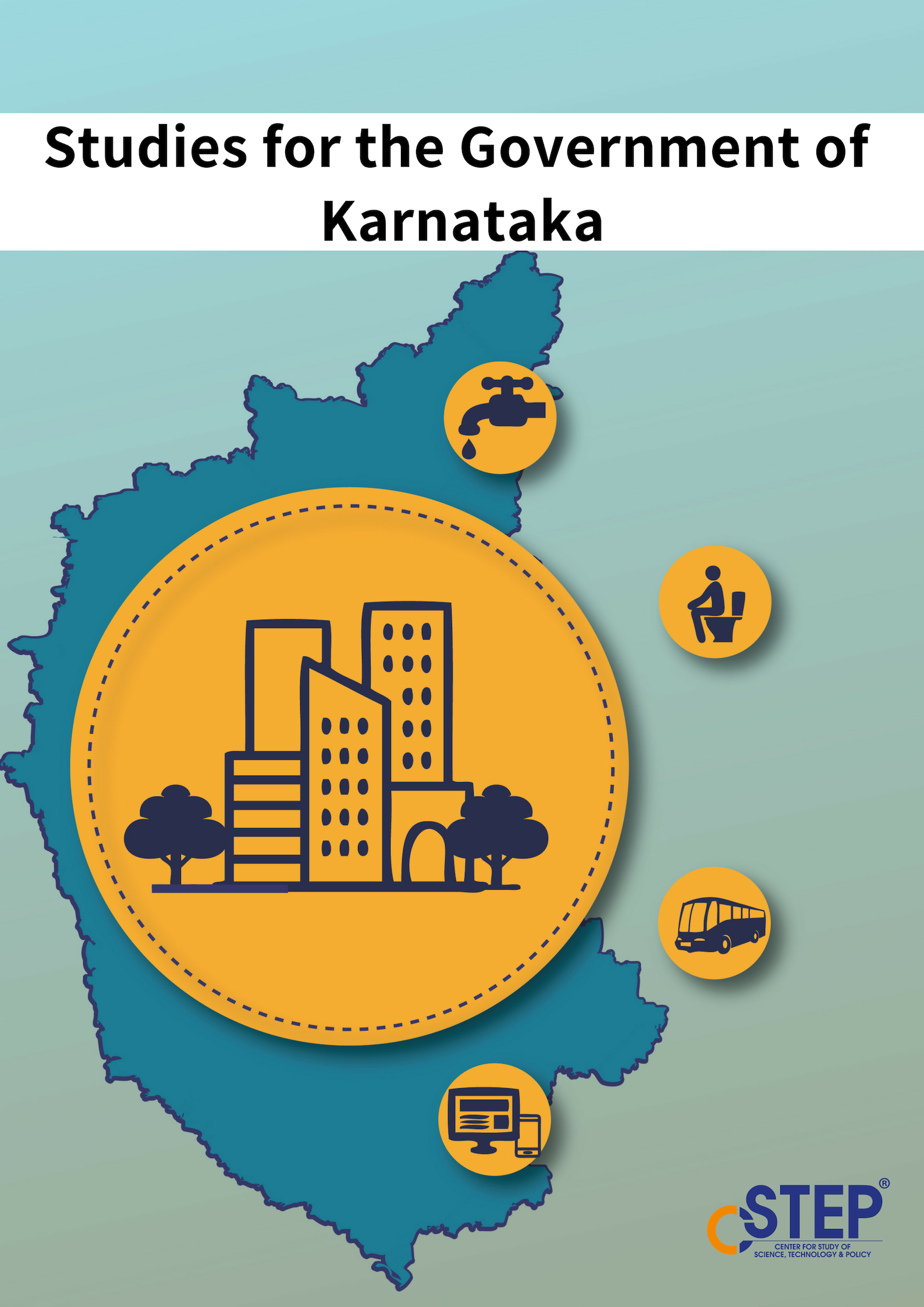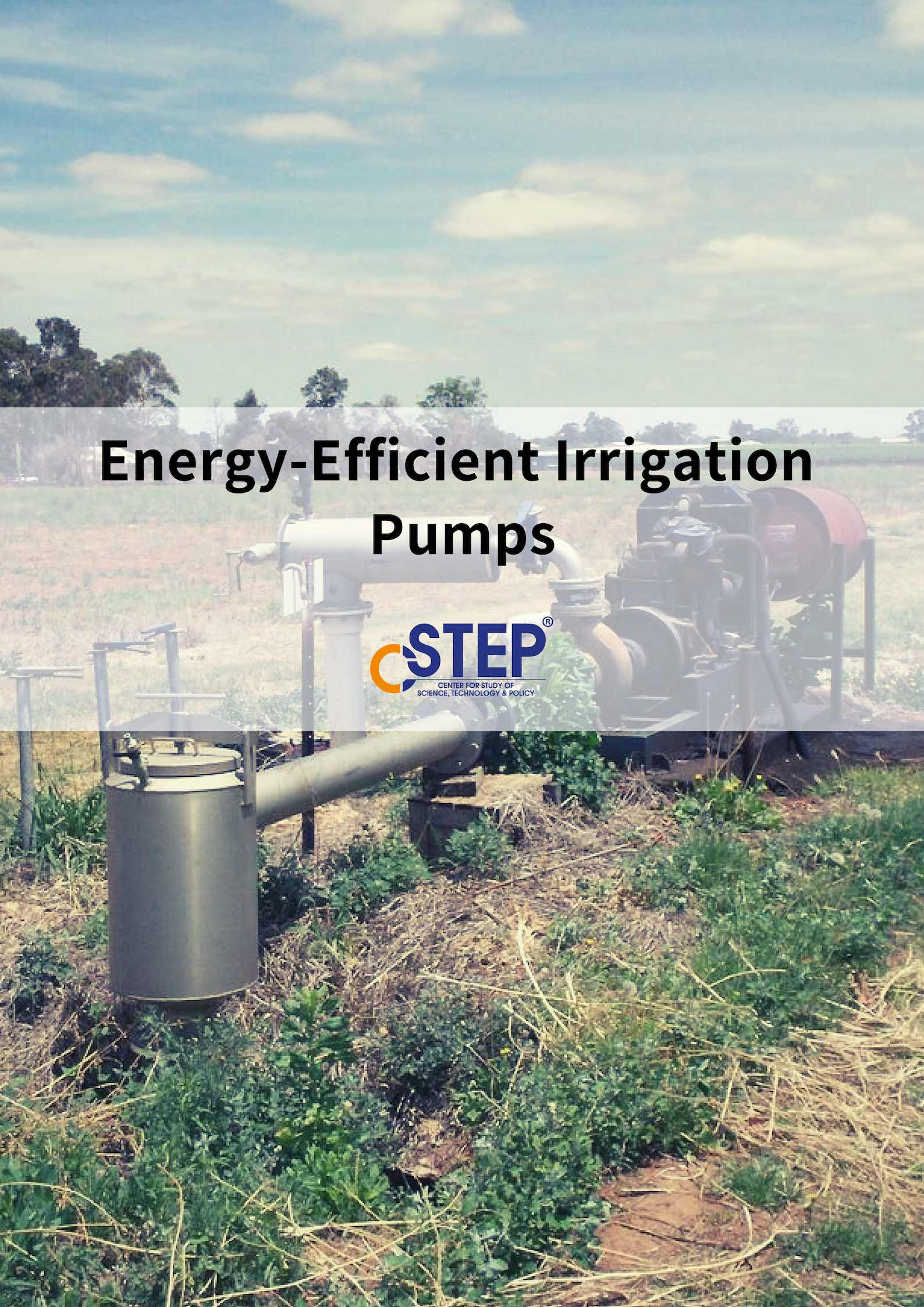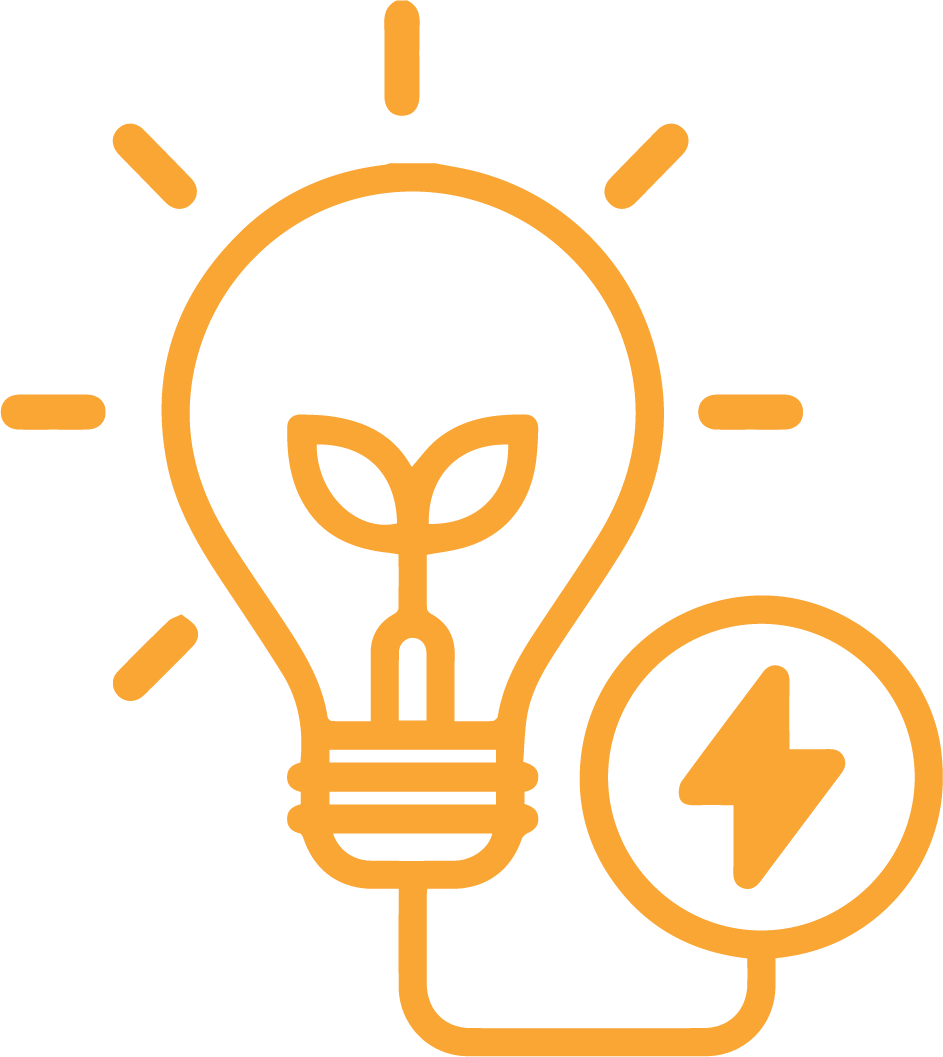Energy is a key factor in combating climate change, one of the biggest challenges the world is facing today. India has committed to cutting emissions to net zero by 2070 and set ambitious targets for adopting renewable energy. Achieving these targets requires careful planning and an overhaul of our current energy system.
Our work aims at enabling policies that encourage the adoption of rooftop solar, facilitate the development of technology for energy storage, strengthen the grid and transmission infrastructure, advance hydrogen technologies, and promote green mobility. CSTEP's research looks at the various aspects of mainstreaming renewable energy for a cleaner, greener energy sector.













Potential and challenges of using hydrogen to decarbonise Indian Railways
The Indian Railways is one of the largest railway networks in the world, transporting millions of passengers and tonnes of freight daily. It has had a historically high demand for fossil fuels to meet the operational energy requirements, resulting in high operational costs and a high emission footprint. The government aims to tackle these challenges through 100% electrification of the railway network by 2024 and by becoming a net-zero emitter by 2030.
The GIB case: Possible solutions for harmonising India’s clean energy transition with biodiversity conservation
On 21 March, the Supreme Court, in a judgement regarding a public interest litigation (PIL) on protecting and conserving the critically endangered Great Indian Bustard (GIB), noted that people have a fundamental right to be free from the adverse effects of climate change. The court also set up an expert committee to assess the technical feasibility of undergrounding power lines, as well as to figure out ways to conserve GIBs. The next hearing in the matter is due this month.
Powering India’s economic and energy growth: A sustainable approach
India, the fifth largest economy in the world, is ambitiously striving to achieve a USD 5-trillion economy in the near future, positioning itself among the top three global economies. This has been possible due to the remarkable growth in India’s GDP over the past 18 years. As per NITI Aayog, India’s GDP increased from INR 42.6 lakh crore in the financial year (FY) 2006–07 to INR 295.4 lakh crore in FY 2023–24.
Effective resource planning: RA studies needed to optimise the surrender of generation capacities
The Indian power sector has witnessed substantial growth in generation capacity, with 420 GW (as of May 2024) meeting the energy needs of more than 1.4 billion people. The growth has been primarily driven by policy reforms such as the Electricity Act, 2003, and efficiency improvements. However, the Central Electricity Authority (CEA) predicted a night-time peak shortage of 14 GW in June 2024.
Sustainable Homes: Potential of BIPV to reshape India’s urban architecture
India’s urban areas are expected to house about 600 million people by 2031 and 850 million people by 2051, as per the Handbook of Urban Statistics (2016) by the Ministry of Housing and Urban Affairs. However, as per an estimate by the World Bank, about 70 per cent of the urban infrastructure needed by 2047 is yet to be built. Given this massive impending growth and infrastructure requirement, there is an urgent need for energy-efficient and sustainable building-integrated photovoltaic (BIPV) solutions.
How can the budget unlock India’s future as an offshore wind powerhouse
Despite its enormous potential, India has thus far lagged behind its global peers with no installed offshore wind capacity in the country despite the international market size reaching close to 75 GW. In India, just two of the nine coastal states – Gujarat and Tamil Nadu – have a combined offshore wind potential of 71 GW. India aims to install more than half of this capacity (37 GW) by 2030, as part of its overall non-fossil-fuel goal of 500 GW.
Eco-Mandates for a Climate-Resilient Democracy
Earth, home to over 8 billion species, saw record CO2 emissions in 2023. The temperatures rose by 1.4 °C, close to the 1.5 °C cap of the Paris Agreement, making it the warmest year. Recently, as we celebrated the World Environment Day on 5th June — the biggest day on environment observed to increase awareness about and action against this aggravating climate change situation — it is timely to reinterpret our fundamental rights and duties through a climate lens.
Key Amendments: Highlights of the draft DSM regulations, 2024
The Central Electricity Regulatory Commission (CERC) issued the Draft Central Electricity Regulatory Commission (Deviation Settlement Mechanism [DSM] and Related Matters) Regulations in April 2024. The commission found that the existing DSM pricing structure was leading to over-incentivisation of deviations from scheduled transactions, resulting in suboptimal grid operations and impacting grid stability. Generators were using DSM as a market medium rather than a tool to avoid frequency deviations and ensure grid stability.
What India can do to site green hydrogen production plants effectively
India marked its presence as a serious contender in the green hydrogen space at the World Hydrogen Summit in Rotterdam, the Netherlands, which happened in May this year. The India Pavilion set up by the Ministry of New and Renewable Energy (MNRE) showcased the nation’s progress in the green hydrogen (GH2) domain and conveyed the government’s intent to deploy it for meeting the nation’s energy requirements sustainably.
How well is India tapping its rooftop solar potential?
Rooftop solar (RTS) has the potential to revolutionise India’s energy landscape, offering a sustainable, decentralised, and affordable solution to meet the country’s growing electricity needs and making consumers self-reliant. The country’s installed RTS capacity increased by 2.99 GW in 2023-2024, the highest growth reported in a year. As of March 31 this year, the total installed RTS capacity in India was 11.87 GW, per the Ministry of New and Renewable Energy.
